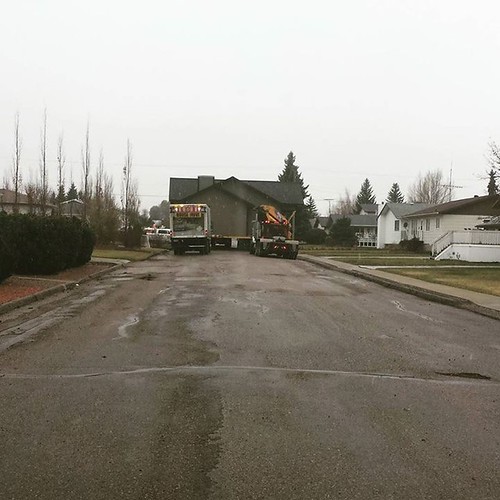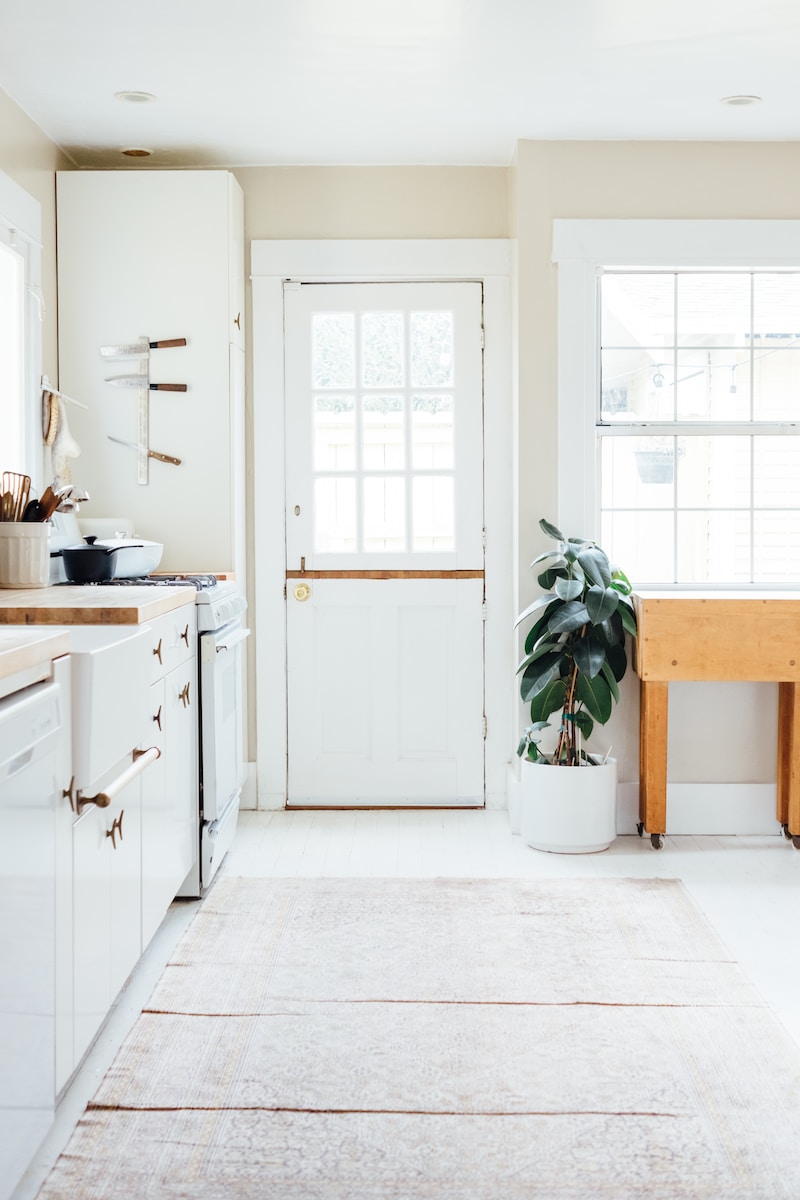Introduction
Greetings, fellow container home enthusiasts! I’m Emily Owens, and I’ve been blogging about the wonders of container homes for four delightful years now. Today, I’m diving deep into a topic that can make even the most steadfast container home aficionados break a sweat: zoning laws. Don’t worry, though; I’m here to guide you through this bureaucratic maze with a dash of humor and plenty of real-world examples. So, grab your favorite cup of coffee or tea, and let’s embark on this zoning adventure together!
Why Do Zoning Laws Matter for Container Homes?
First things first: Why should you care about zoning laws when it comes to your container home dreams? Well, zoning laws dictate where, how, and what type of structures can be built in a particular area. They are crucial because they can either support or thwart your plans for that cozy container abode you’ve been dreaming of.
Zoning laws are like the spice in your recipe; they can make or break the dish. To create a harmonious blend of container home and neighborhood, you must understand these laws thoroughly.
Types of Zoning Laws
Before we delve into specific examples, let’s familiarize ourselves with the different types of zoning laws that you might encounter:

- Residential Zoning: This zoning is the container home enthusiast’s best friend. It designates areas for single-family homes, duplexes, and sometimes even allows for accessory dwelling units (ADUs) or granny flats, which could potentially include container homes.
- Commercial Zoning: Usually, commercial zones are not very container-home-friendly. These areas are reserved for businesses, offices, and retail spaces, and may not permit residential structures.
- Industrial Zoning: Here, you’ll find warehouses, factories, and other industrial facilities. While not ideal for living, these zones sometimes permit container homes for workers or as a temporary solution.
Examples of Container Home Zoning Laws
Now, let’s get down to the nitty-gritty and explore some real-world examples of container home zoning laws to give you a better idea of what to expect.
Example 1: Austin, Texas
In the land of BBQ and live music, container homes have found a cozy niche. Austin’s zoning laws, like in many other progressive cities, have started to accommodate the container home trend. Residential areas in Austin often allow container homes as ADUs, making it an attractive option for homeowners looking to generate rental income or house family members comfortably.
Example 2: Los Angeles, California
La La Land isn’t just about Hollywood glitz and glamour; it’s also a hotspot for container homes. LA has embraced container homes as a creative solution to the city’s housing crisis. Many areas now allow container homes as long as they meet safety and aesthetic standards. In fact, some container homes in LA are architectural marvels that blend seamlessly into their surroundings.

Example 3: New York City, New York
If you can make it here, you can make it anywhere, even with a container home. While New York City is known for its towering skyscrapers, container homes have found their place in the Big Apple’s heart. Certain zoning districts permit container homes, but there are strict regulations regarding their design, size, and placement. So, if you’re thinking about a container home in NYC, prepare for some thorough research and compliance with city codes.
Example 4: Rural Vermont
Heading out to the countryside? Vermont is famous for its picturesque landscapes and rustic charm, making it an ideal location for a container home. Rural areas often have fewer zoning restrictions, which means you may have more flexibility in building your container oasis. However, it’s crucial to check with the local authorities to ensure you’re complying with any existing regulations.
Navigating the Zoning Maze
Now that we’ve explored some examples let’s discuss how you can navigate the zoning maze successfully:
Research Your Local Zoning Laws: The key to a hassle-free container home project is understanding your local zoning laws inside out. Visit your city or county’s official website and look for zoning maps, codes, and regulations specific to your area.
Seek Professional Help: When in doubt, consult with a professional architect or zoning expert who specializes in container homes. They can help you interpret the regulations and ensure your project complies with all legal requirements.
Engage with the Community: Sometimes, getting your neighbors on board can be a game-changer. Attend local community meetings, discuss your plans, and address any concerns or misconceptions your neighbors might have.
Apply for Permits: Once you’ve gathered all the necessary information, apply for the required permits. Be prepared for inspections and ensure that your container home meets all safety standards and codes.
Stay Flexible: Zoning laws can change over time. Stay informed about any updates or amendments to local regulations that might impact your container home project.
Conclusion
Container homes have taken the world by storm, offering sustainable, cost-effective, and unique housing options. However, to turn your container home dream into a reality, you must navigate the sometimes-confusing world of zoning laws. By understanding the types of zoning laws, researching your local regulations, and seeking professional advice when needed, you can ensure a smooth journey toward your container home haven.
Remember, with determination and a little legal know-how, you can make your container home vision come true while staying on the right side of the law. So, whether you’re in the heart of a bustling city or nestled in the serene countryside, go forth and build that container home of your dreams! Happy container home hunting, my fellow enthusiasts!





















Find Us on Socials